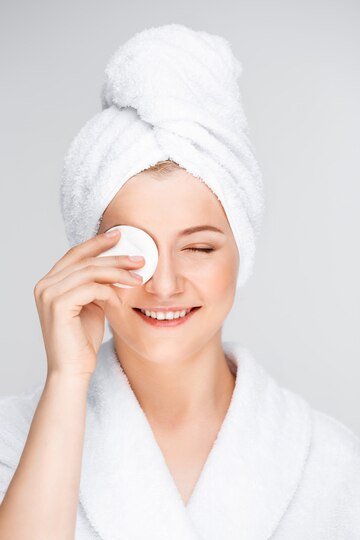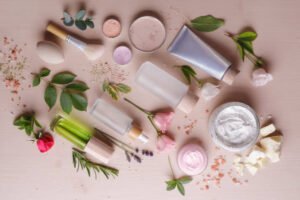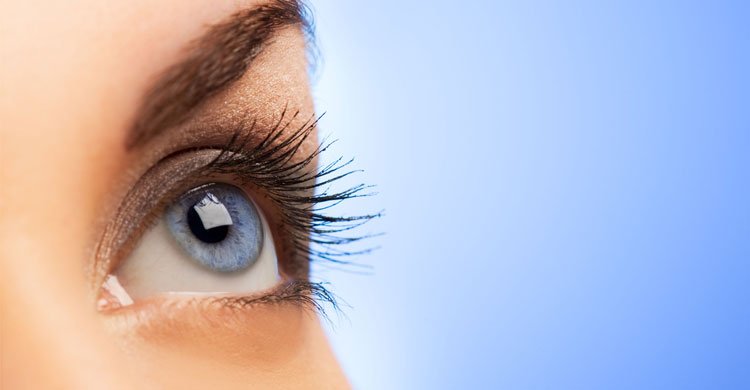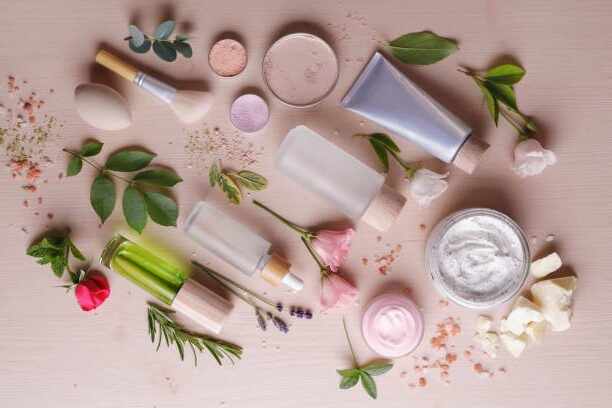How To Care Skin In Winter
OVERVIEW Due to indoor heating, low humidity, and chilly air, winter may be hard on the skin since these factors deprive the skin of its natural hydration. This can result in redness, flakiness, dryness, and even diseases like eczema if not properly cared for. Throughout the winter, a customized skincare regimen helps preserve the skin’s…
OVERVIEW
Due to indoor heating, low humidity, and chilly air, winter may be hard on the skin since these factors deprive the skin of its natural hydration. This can result in redness, flakiness, dryness, and even diseases like eczema if not properly cared for. Throughout the winter, a customized skincare regimen helps preserve the skin’s moisture, suppleness, and protective layer, guaranteeing a complexion that is healthy and glowing
Key Components of Skin Care
Vital steps mostly used for skin care are listed below.
The Ultimate Guide to Exfoliation: Revitalize Your Skin
An essential component of any successful skincare regimen is exfoliation. It involves removing dead skin cells from the skin’s surface to expose the new, healthy layer underneath. In addition to improving the skin’s look, this procedure also improves its texture and facilitates better skincare product absorption. Exfoliation is a crucial practice for preserving glowing skin since it may address a variety of skin types and issues thanks to the wide range of techniques and products available.
Benefits of Exfoliation
The benefits of exfoliation for the skin are numerous. First of all, it aids in clearing clogged pores by eliminating debris, oil, and dead skin cells that may cause acne. Second, frequent exfoliation promotes cell turnover, which is a normal aging process that slows down. This stimulation can lessen the visibility of pigmentation, wrinkles, and fine lines. Exfoliating also increases blood circulation, which gives your skin a more radiant appearance.
Types of Exfoliation
Physical and chemical exfoliation are the two main categories under which exfoliation falls. Physical exfoliation is the process of physically removing dead skin cells using brushes or scrubs. In contrast, chemical exfoliation breaks down the connections that keep dead skin cells together using acids or enzymes. Depending on your skin type and sensitivity, you may choose between the two procedures, each of which has benefits.
Physical Exfoliation
Physical exfoliation is simple and provides immediate benefits. Products for this technique include exfoliating gloves, loofahs, and scrubs. To prevent skin damage, it is essential to use non-abrasive, soft products. Redness, irritation, and microtears can result from excessive exfoliation, especially in people with sensitive or acne-prone skin.
Chemical Exfoliation
Ingredients including enzymes, beta hydroxy acids, and alpha hydroxy acids (AHAs) are used in chemical exfoliation. Because they aid in hydration and texture improvement, AHAs such as glycolic and lactic acids are perfect for dry or aged skin. Because BHAs, like salicylic acid, dissolve in oil, they are ideal for oily and acne-prone skin. For sensitive skin, enzyme exfoliants made from fruits like pineapple and papaya are kinder substitutes.
How to Exfoliate Safely
Following a few guidelines will help you get the benefits of exfoliation without experiencing negative side effects. Depending on your skin type and the product you use, you should only exfoliate one to three times a week. You should also always wear sunscreen after exfoliating because it increases the skin’s vulnerability to sun damage. Finally, you should avoid exfoliating on skin that is irritated or broken to avoid further damage.
Exfoliation for Different Skin Types
Exfoliation techniques must be customized for each kind of skin. Gentle chemical exfoliants that moisturize and smooth dry skin are beneficial. BHAs work effectively on oily skin because they enter pores and minimize excess oil. Gentle exfoliation with calming substances like oatmeal or enzymes is necessary for sensitive skin. Different parts of the face may need to be addressed using a combination of techniques for combination skin.
DIY Exfoliation Methods
DIY exfoliation might be an affordable choice for people who prefer natural remedies. To make mild scrubs, mix common substances like sugar, coffee grinds, and oatmeal with oils or honey. To prevent any allergies or skin irritation, it is crucial to test these mixes on a tiny patch of skin.
Common Mistakes to Avoid
When it comes to exfoliation, a lot of individuals make blunders. The skin barrier can be harmed by excessive exfoliation, harsh product use, or forgoing a moisturizer. Furthermore, selecting an exfoliant without taking your skin type into account may have negative consequences. It’s critical to pay attention to your skin and modify your regimen as necessary.
The Path to Radiant Skin
When done properly, exfoliation is a potent technique for attaining healthy, radiant skin. You may take advantage of the numerous advantages this skincare process provides if you know what your skin requires and use the appropriate technique. Regular exfoliation is an investment in the long-term health and attractiveness of your skin, regardless of your preference for store-bought products, DIY alternatives, or professional treatments.
Are you looking for the best Exfoliating products to change your skincare regimen? Find out our best choices for smooth, glowing skin!
Exfoliation Product

Stacked Skincare | Replacement Dermaplaning Blades for Smooth Radiant, Glowing Skin, Exfoliating Face Blades for Dermaplaning, No Brush or Scrub Needed, 3 Pack…
Description
This tool is manufactured with safety in mind and provides a single-edge blade to have upto mark results. This amazing instrument comprises two different sizes of the replacement blades. Especially for women, gently remove the buildup of dead cells on the face. It ensures best absorption of serums and peels to achieve soft and bright skin
Key Features








